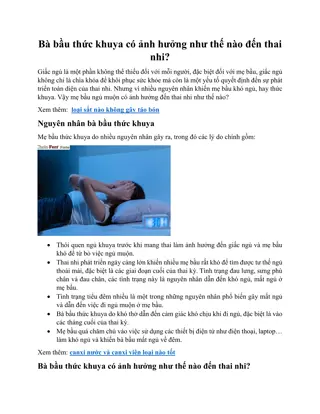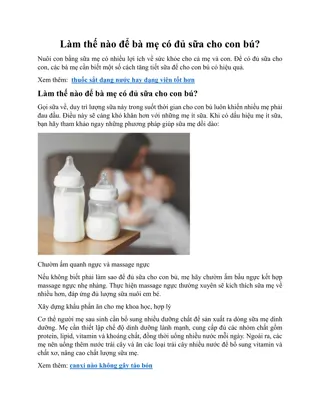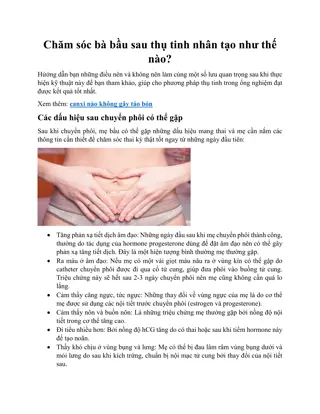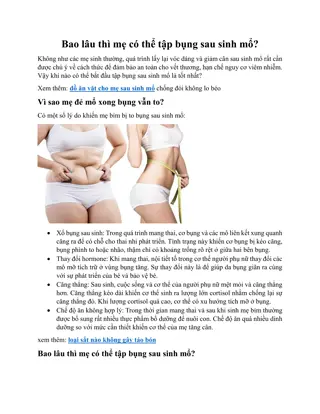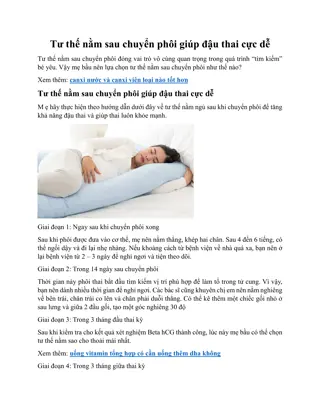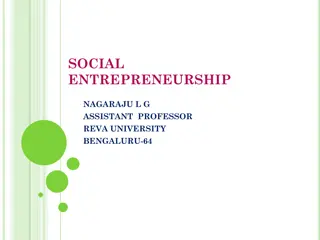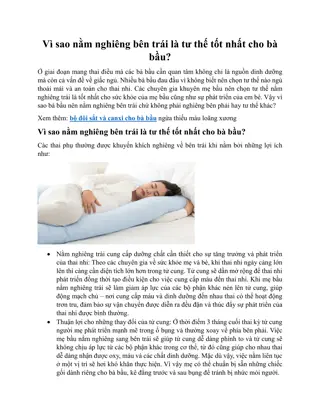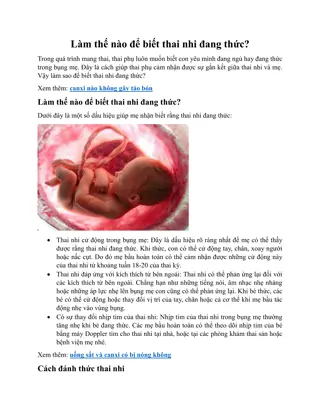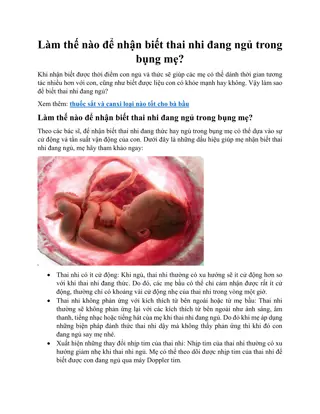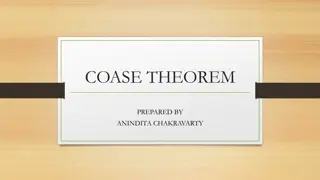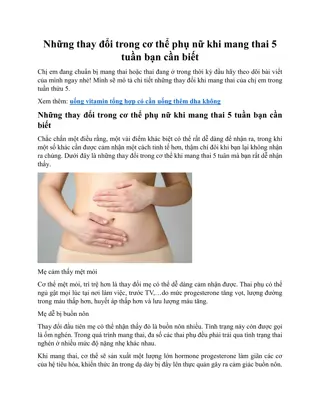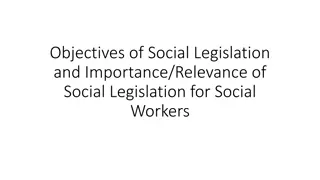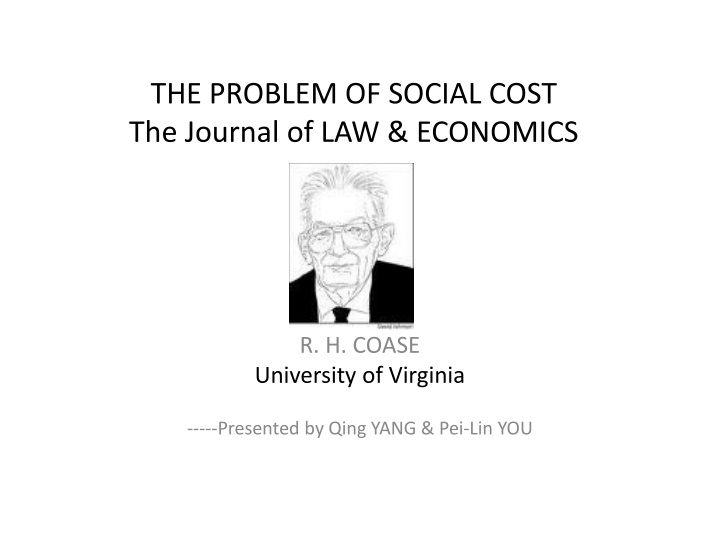
Understanding the Problem of Social Cost in Economics
Delve into the complexities of the social cost problem as discussed in "The Problem of Social Cost" published in The Journal of Law & Economics. Explore the life and contributions of the renowned economist, Coase, and his perspectives on addressing harmful effects of business actions. Discover different solutions proposed and the reciprocal nature of the problem.
Download Presentation

Please find below an Image/Link to download the presentation.
The content on the website is provided AS IS for your information and personal use only. It may not be sold, licensed, or shared on other websites without obtaining consent from the author. If you encounter any issues during the download, it is possible that the publisher has removed the file from their server.
You are allowed to download the files provided on this website for personal or commercial use, subject to the condition that they are used lawfully. All files are the property of their respective owners.
The content on the website is provided AS IS for your information and personal use only. It may not be sold, licensed, or shared on other websites without obtaining consent from the author.
E N D
Presentation Transcript
THE PROBLEM OF SOCIAL COST The Journal of LAW & ECONOMICS http://t2.gstatic.com/images?q=tbn:ANd9GcSpSHDlAvxubv4hlk_o04-y4N_ymgaBiJzsaPtnHB54lk8iNQa8LA56pw R. H. COASE University of Virginia -----Presented by Qing YANG & Pei-Lin YOU
http://t3.gstatic.com/images?q=tbn:ANd9GcQy4ccsdo8os9PnzjfmE82POCxNamW0hLSMFiKrw0xCp1s6QYwYLeP7xghttp://t3.gstatic.com/images?q=tbn:ANd9GcQy4ccsdo8os9PnzjfmE82POCxNamW0hLSMFiKrw0xCp1s6QYwYLeP7xg Who Is The Famous COASE? Born December 29, 1910 Business Address The University of Chicago Law School 1111 East 60th Street Chicago, Illinois 60637 Telephone (773) 702-7342; Fax: (773) 702-0730 Education Kilburn Grammar School, 1923-1929 London School of Economics, 1929-1931 Degrees University of London, B. Com. 1932, D.Sc. (Econ.) 1951 University of Cologne, Dr. Rer. Pol. h.c., 1988 Yale University, D. So. Sc., (honorary) 1989 Washington University in St. Louis, LL.D., (honorary) 1991 University of Dundee, Scotland, LL.D., (honorary) 1992 University of Buckingham, England, D.Sci, (honorary) 1995 Beloit College, D.H.L., (honorary) 1996 Universite de Paris-I, docteur, (honoris causa) 1996 Professional-University Clifton R. Musser Professor Emeritus of Economics, and Senior Fellow in Law and Economics, University of Chicago Law School, since 1982 Distinguished Professor (visiting) of Law and Economics, University of Kansas,1991 Clifton R. Musser Professor of Economics, University of Chicago Law School, 1971-81 Prof. of Economics, University of Chicago Law School, 1964- 70 Professor, University of Virginia, 1958-64 Professor, University of Buffalo, 1951-58 Reader, London School of Economics, 1947-51 Lecturer, London School of Economics, 1938-47 Assistant Lecturer, LSE, 1935-38 Assistant Lecturer, University of Liverpool, 1934-35 Assistant Lecturer, Dundee School of Economics and Commerce, 1932-34; Sir Ernest Cassel Travelling Scholar, 1931-32 Academic Honours Distinguished Fellow, American Economic Association Honorary Fellow, London School of Economics Fellow, American Academy of Arts and Sciences Corresponding Fellow, the British Academy Membre Titulaire, The European Academy Law and Economics Center Prize, University of Miami, 1980 D. Francis Bustin Prize, University of Chicago, 1988 Alfred Nobel Memorial Prize in Economic Sciences, 1991
Those actions of business firms which have harmful effects on others! Talk at Washington University in St. Louis, 1994, with Douglass North
The Problem to Be Examined The actions of business firms having harmful effects on others example : The smoking factory The divergence: the private & social product of the factory Pigou s treatment in the Economics of Welfare Solution Making the owner liable for damages it caused Placing a tax Moving Coase s answer (WHY?) inappropriate & not desirable
The Reciprocal NATURE of the Problem If A harm B; then Restrain A ? ( Is it Right?) The reciprocal nature of a problem: Avoid to harm B, will inflict harm on A Or A allowed harm B Given different situation Costly v. costless; law & regulation; Public v. Private Cases Confectioner & Doctor (Choice: Candy & Doctoring) Straying cattle & Neighbor s crops ( Meats & Crops) Stigler s instance ( The product pollute a stream & fish) The problem has to be looked at in total and at the margin
The Pricing System with Liability for Damage When the damaging business has to pay for all damage caused and the pricing system works smoothly (TRC=0, solved by market) Cattle-raiser Farmer (Total) Marginal Damage Number in herd Annual Crop Loss Crop Loss per Additional 1 (Steers) 1 (Tons) 1 (Tons) 2 3 2 3 6 3 4 10 4 Basically, the costs of Fencing is $9 and the price of crop is $1; and the cattle- raiser shall bear/entail the additional annual costs when erects the fence? Fencing or pay for the damaged crops directly ( cheaper?)
Liable for the Damage Do increasefarmer s planting if paying for all damage? (1)The value of the crop: $12;the cost of cultivating:$10,then net gain is $2 If the cattle-raiser make a agreement with Farmer Damage crop $1, get $ 1 from cattle-raiser, net gain still is $2; Even If the value of meat greater than additional costs, damage costs $3, net gain still is $2; ABANDONMENT OF CULTIVATION ( less than $3) (Decrease) (2) The value of the crop: $10;the cost of cultivating:$11,then net gain is $- 1,then maybe cattle-raiser lose $10 and famer lose $1. This is Not So NOT Affecting the allocation of resources , but merely alter the distribution of income and wealth as between cattle-raiser and famer The cattle-raiser is liable for damage caused and the pricing system works smoothly, the reduction in the value of production elsewhere will be taken into account in computing the additional cost involved in increasing the size of herd Weighed between meat and fall value, Optimal allocation of resources
The Price System with no Liability for Damage Opposite payment (Avoiding the damage) Case is the Farmer pay up to $3 if cattle-raiser reduce herd to 2 steers; then up to $5 for 1 steers, ..abandoned. Of course, maximum payment could not exceed $9=the fencing cost In both cases $3 is part of the cost of adding the third steer( the same size of herd liable/ nor liable for damage) So : it is necessary to know whether the damaging business is liable or not for damage caused since without the establishment of this initial delimitation of rights there can be no market transaction to transfer and recombine them. But, the ultimate result is: independent of the legal position if the pricing system is assumed to work without cost
The Problem Illustrated Anew The wide variety of forms, four actual cases as below: Sturges V. Bridgman : a confectioner Vs a doctor ( built a consulting room 8 years later), Noise and vibration prevented the doctor from examining his patients by auscultation a legal action forcing the confectioner stopping his work (it needs the legal system get involved in? case from China ) Modify the arrangement: bargain between the parties, pay for damage/build a separate wall ( depends on adding income v subtract gain) The confectioner won the case: the doctor pay him to stop using machinery So again With costless market transactions, the decision of the courts concerning liability for damage would be without effect on the allocation of resource.
The Problem Illustrated Anew Cooke V. Forbes : The manufacture emitting fumes Vs blackish fibre matting But because the damage was accidental and occasional, that careful precautions were taken and that there was no exceptional risk, an injunction was refused Suggestions: The payment for damage would then become part of the cost of production of sulphate ammonia Bryant V. Lefever Before 1867, plaintiff and defendant adjoining houses, no chimneys smoking, the same height In 1867, defendant rebuilt it and caused the plaintiff s chimneys to smoke In a trial, the plaintiff was awarded damages of 40 p In the Appeals: the JUDGMENT WAS REVERSED The smoke nuisance was not caused by the man who erected the wall but by the man who lit the fires Question : who caused the smoke nuisance? BOTH? Market transactions
The Problem Illustrated Anew Bass V. Gregory : The plaintiffs: Jolly Anglers, the owners of a public house The defendant: the owner of cottages and a yard adjoining the Jolly Anglers The well was the ventilating shaft for the cellar, the air impregnated by the brewing operations passed up the well and out into the open air, was offensive to him( Jolly?) Argument: is not what shall be done by whom but who has the legal right to do what Doctrine of lost grant: that if a legal right is proved to have existed and been exercised for a number of years the law ought to presume that it had a legal origin So the owner of the cottages and yard had to unstop the well and endure the smell (The reasoning employed by the courts in determining legal rights will often seem strange to an economist: lower/higher cost of beer & worsened/improved amenities) Modify by transactions on the market the initial legal delimitation of rights
The cost of market transaction taken into account In a real world, operations are often extremely costly, so taking the initial delimitation of rights and costs of carrying out market transactions as given. Choosing the appropriate social arrangement for dealing with the harmful effects (Besides market) The firm is alternative answer to the problem (Economic organizations, achieve the same result at less cost than, by administrative decision, No bargaining) If the administrative costs too high to deal with the problem within a single firm, an alternative solution is direct Government regulation( not well handled by the market or the firm) Government has power.. Done at lower cost than a private organization The aim of this article is to indicate what economic approach to the problem should be
Courts influence Economic actually The doctrine that the harmful effect must be substantial before the court will act is, .. Some gain to offset the harm. The Legal Delimitation of Rights & the economic problem Webb V. Bird :Not a nuisance to build a schoolhouse so near a windmill as to obstruct currents of air and hinder the working of the mill. Sturges V. Bridgman: thinking of economic consequences of alternative decisions Adams V. Ursell: planning and zoning by the judiciary (sometimes difficulties in applying the criteria) Andreae V. Selfridge and Company LTd: the lower court awarded the hotel 4500 P damages, then appeal , the upshot awarded the damages were reduce to 1000P(not always refer very clearly to the economic problem, reasonable, common or ordinary use The different transactions are so costly as to make it difficulty to change the arrangement of rights established by the law situation is quite market when MARKET TRC INCREASING, RE-ARRANGEMENT LEGAL RIGHTS DIFFUCULLY
Delimitation of rights in this area also comes about because of statutory enactments HOW ABOUT AUTHORISED DAMAGE? Another Aviation case: Smith V New England Aircraft Co Publicly authorized &Publicly operated The effect of much of legislation in this area is to protect business from the claims of those they have harmed by their action. Halsbury s laws of England Given of freedom from liability for acts authorized Delta Air Corporation V. Kersey, Kersey V. City of Atlanta (authorized): aviation was a lawful business affected with a public interest and the construction of the airport was authorized by statute Needs for government regulation: blocked driveways & local people influenced by passing train( misapprehension: Balancing gain/loss) But, Government may prefer to public enterprise Absolute or conditional government power may change as time goes FOR NOISE & DUST,BUT LOW FLYING?
The Legal Delimitation of Rights and the economic problem Coase: Not only restraining Also considering the gain form preventing the harm the loss Dealing with actions which have harmful effects Costs of rearranging the rights established by the legal system, the courts, in cases relating to nuisance , are, making a decision on the economic problem and determining how resources are to be employed. The delimitation of rights is also the result of statutory enactments Evidence of the reciprocal nature of the problem Danger: extensive government intervention
PIGOUS Treatment in The Economics of Welfare Pigou s Economics of Welfare Dealing with divergences between social and private net products (P1) discovering improvements in the existing arrangements determining the use of resources (his answer is yes) NO refrain, namely Naturally promote economic welfare for Self- interest (market system) Then, NOT need sate action? But imperfections, then what additional state action is required? Coase ( Then Why?): Misapprehension: State action to correct this Natural Situation Not Desirable: Compensate Damages
Britain case: Railway compensation In Britain, a railway does not normally have to compensate those who suffer damage by fire caused by sparks form an engine State action to improve on natural tendencies(misapprehension) Forcing railways to compensate those whose woods are burnt(not necessarily desirable) Coase : Considering the legal position ( need statutory authority to run) Compensation would be paid if NO government action(strange?) NOT need, for it would not matter whether the railway was liable for damage caused by fires or not ( the same as straying cattle) Why ?
Britain case: Railway compensation in details Why desirable that the railway should be liable for the damage is wrong? If not liable for damage Comparing the damage to the net return of the land, 2 trains run If liable for damage No train run 1 train9( ) 2 train( ) R 150 250 C 50 100 Damage 120 240 How to make decision: considering the value of total production If suppose crops yield is 160, and its opportunity costs is 150, then the total value is 250-100-120-160+150=20 (Not Liable for damages)(p33?) SO, NO compensation or Taxed
PIGOUS Treatment in The Economics of Welfare Why Pigovian analysis wrong ? Not noticing his analysis is dealing with an entirely different question Is not whether it is desirable to run an additional train But whether it is desirable to have a system in which the railway has to compensate . (legal delimitation right or economic problem) Private and social products? Taxed? Boulston s case (example for law and economics are interrelated) The problem of legal liability for the actions of rabbits is part of the general subject of liability for animals How to distinguish the harbourer of a rabbit with a tree planter? Understanding what Pigou really meant?
The Pigovian Tradition Challenge the inadequacy of Pigovian tradition: Both the analysis and the policy conclusions which it supports are incorrect The approach to the problem is through an examination of the value of physical production ( so fragmentary) The private product: the value of the additional product resulting from a particular activity of a business The social products: Equals the private product minus the fall in the value of production elsewhere for which no compensation is paid by the business Solving the harmful effects (incorrect) Be Forced to Compensate those who suffer damage ( Not comparing the total product obtainable with alternative social arrangements) Using taxes or bounties (case: factory emits the smoke, highly cost, NOT identical as above), Reduction in production due to the tax base on the damage ( how about based on the fall in the value of production, then need more information)
A change of approach Welfare economics & a change of approach (Shortage) To comparison of the value of production, as measured by the market (( shall ) In broader terms, and the total effect of arrangements in all spheres of life ) Comparison between a state of laissez faire and some kind of ideal world (better approximating the actual situation, or compare the new to original one) a faulty concept of a factor of production: usually thought of as a physical entity which the businessman acquires and uses instead of as right to perform certain actions So, the change shall regard for the total effect Social arrangements within individual decisions, the change lead to an improvement or worsening; The costs involved in social arrangements & moving a new system
Conclusion Stepping stones on the way to an economic analysis of studying the law In the absence of Transaction Costs, Liability (Property rights) Rules do not matter for Achieving efficient economic outcomes 1937, if TRC=0, the firm have no purpose in serving economic efficiency 1960, if TRC=0, the law have no purpose in serving economic efficiency TRC: include search and information costs, Bargaining and decision costs, policing and enforcement costs etc. The focus is on Those actions of business firms which have harmful effects on others! factory and the smoke from which has harmful effects on those occupying neighboring proprieties
Conclusion (continuous) With costless market transaction costs: The decision of the courts concerning liability of damage would be without effect on the allocation of resource in terms of economic efficiency A re-arrangement of legal rights would be made through the market whenever this change would lead to an increase in the economic value of production Take into account the economic costs: Such re-arrangement of propriety rights will only be undertaken when the increase in the economic value of production is greater than economic costs involved So If TRC=0: the allocation of resources remains the same; If TRC>0: the law plays a crucial role in determining how resources are used
The Road Map of This Paper The problem to be examined: The actions of firms having harmful effects on others The Treatment of PIGOU The Legal delimitation of Rights & The Economic Problem Challenge? smoking factory The Reciprocal Nature of the Problem? A&B situation Pigou s Treatemt in The Economics of Welfare Misapprehension & Not Desirable Total & margin The Pricing System With Liability for Damage TRC=0 The Pricing System With NO Liability for Damage TRC=0 The Pigovian Tradition No effect on the allocation of resources Straying cattle The Problem Illustrated Anew A legal approach A Change of Approach The Cost of Market Transactions Taken Into Account TRC>0








